-
 Bitcoin
Bitcoin $82,594.5712
0.40% -
 Ethereum
Ethereum $1,784.9704
0.39% -
 Tether USDt
Tether USDt $0.9995
-0.02% -
 XRP
XRP $2.1068
5.25% -
 BNB
BNB $591.1127
1.16% -
 USDC
USDC $1.0000
0.00% -
 Solana
Solana $117.0477
2.61% -
 Dogecoin
Dogecoin $0.1668
5.44% -
 TRON
TRON $0.2407
2.95% -
 Cardano
Cardano $0.6468
3.65% -
 UNUS SED LEO
UNUS SED LEO $9.4017
0.10% -
 Toncoin
Toncoin $3.3780
-5.26% -
 Chainlink
Chainlink $12.5724
0.81% -
 Stellar
Stellar $0.2583
1.78% -
 Avalanche
Avalanche $17.9801
-0.59% -
 Sui
Sui $2.2157
-1.98% -
 Shiba Inu
Shiba Inu $0.0...01219
0.52% -
 Hedera
Hedera $0.1625
3.95% -
 Polkadot
Polkadot $4.0562
3.40% -
 Litecoin
Litecoin $83.3634
1.79% -
 MANTRA
MANTRA $6.3429
1.06% -
 Bitcoin Cash
Bitcoin Cash $299.8989
1.04% -
 Bitget Token
Bitget Token $4.5113
0.27% -
 Dai
Dai $0.9999
0.00% -
 Ethena USDe
Ethena USDe $0.9994
-0.03% -
 Monero
Monero $215.9415
1.63% -
 Hyperliquid
Hyperliquid $11.5893
2.64% -
 Uniswap
Uniswap $5.8018
0.96% -
 Pi
Pi $0.5222
-7.36% -
 Pepe
Pepe $0.0...07044
7.37%
What is "Market Maker" in cryptocurrency? How do they affect the market?
Market makers ensure liquidity in crypto markets by quoting bid and ask prices, facilitating smooth trading and influencing price stability.
Mar 29, 2025 at 06:56 pm
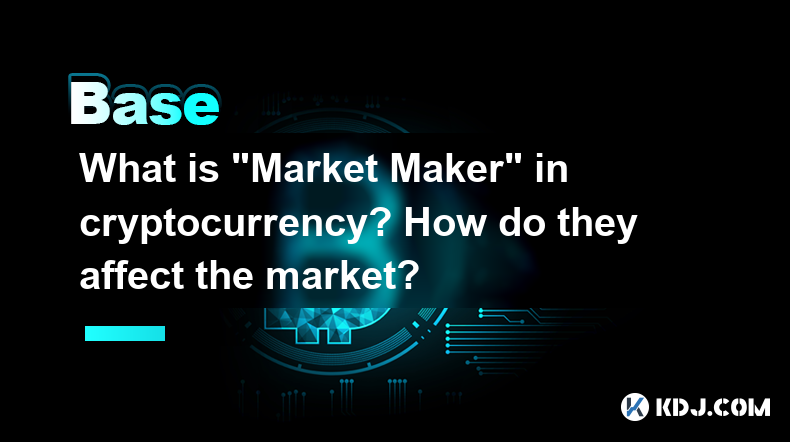
Understanding Market Makers in the Cryptocurrency World
Market makers are crucial entities within the cryptocurrency ecosystem. They provide liquidity to exchanges by constantly quoting bid and ask prices for various cryptocurrencies. This ensures that traders can buy or sell assets relatively easily, even during periods of low trading volume. Their role is fundamental to the smooth functioning of cryptocurrency exchanges and the overall market stability. Without market makers, trading would be significantly more difficult and potentially volatile.
How Market Makers Provide Liquidity
Market makers achieve liquidity by maintaining a substantial inventory of cryptocurrencies. They are essentially acting as counterparties to traders. When someone wants to buy a cryptocurrency, the market maker sells from their inventory. Conversely, when someone wants to sell, the market maker buys, adding to their inventory. This constant buying and selling ensures a continuous flow of transactions. The depth of their inventory directly impacts the liquidity available in the market. A larger inventory generally translates to greater liquidity and tighter bid-ask spreads.
The Mechanics of Market Making
The process of market making involves sophisticated algorithms and high-frequency trading strategies. These algorithms constantly monitor market conditions and adjust bid and ask prices to maximize profits while maintaining a balanced inventory. The goal is to profit from the bid-ask spread – the difference between the buying and selling price. Market makers often employ sophisticated risk management techniques to mitigate potential losses from adverse price movements.
Types of Market Makers
There are several types of market makers in the cryptocurrency space, each with its own approach and characteristics. Some are large, centralized entities with substantial capital, while others are smaller, decentralized entities using automated trading bots. The strategies employed also vary significantly. Some focus on providing liquidity across a wide range of cryptocurrencies, while others specialize in specific assets. The diversity of market makers contributes to the overall robustness of the market.
How Market Makers Affect Market Prices
Market makers have a significant influence on cryptocurrency prices. Their constant buying and selling activities create a more stable and liquid market. However, their actions can also inadvertently affect price discovery. By setting bid and ask prices, they directly influence the perceived value of a cryptocurrency. Large market maker orders can temporarily move prices, especially in less liquid markets. Their activities are constantly scrutinized for any signs of market manipulation, though regulations are still evolving in this area.
Risks Associated with Market Making
Market making in cryptocurrencies is a risky business. Adverse price movements can lead to significant losses, especially for market makers holding large inventories. The volatility inherent in the cryptocurrency market makes it challenging to predict price movements accurately. Furthermore, the regulatory landscape is still developing, creating uncertainty and potential legal risks. Market makers must constantly adapt to changing market conditions and regulatory developments.
Market Maker Incentives and Profitability
Market makers are incentivized by the bid-ask spread and the volume of trades they facilitate. A wider spread generates more profit per trade, but it also reduces the attractiveness of the market to other traders. High trading volume compensates for a narrower spread, providing overall profitability. The ability to accurately predict price movements is crucial for maximizing profits and minimizing losses. Sophisticated risk management strategies are essential for survival in this volatile environment.
The Role of Technology in Market Making
Technological advancements play a crucial role in modern cryptocurrency market making. High-frequency trading algorithms, advanced analytics, and sophisticated risk management tools are essential for success. The use of blockchain technology itself can improve transparency and efficiency in market making operations. However, the constant technological evolution also presents challenges, requiring market makers to continuously adapt and upgrade their systems.
Market Makers and Decentralized Exchanges (DEXs)
While traditional exchanges rely heavily on centralized market makers, decentralized exchanges (DEXs) are exploring alternative models. Automated market makers (AMMs) are becoming increasingly popular on DEXs. These AMMs use algorithms to automatically provide liquidity without the need for traditional market makers. However, AMMs also have their limitations, such as susceptibility to manipulation and potential inefficiency in certain market conditions. The interplay between traditional market makers and AMMs is shaping the future of liquidity provision in the cryptocurrency space.
Regulation and Market Makers
The regulatory landscape for cryptocurrency market makers is still evolving. Authorities are grappling with the complexities of this rapidly changing industry. Concerns about market manipulation and investor protection are driving regulatory efforts. Increased transparency and accountability are likely to be key aspects of future regulations affecting market makers. Compliance with evolving regulations is crucial for the long-term sustainability of market making operations.
The Future of Market Making in Crypto
The future of market making in the cryptocurrency space is likely to be characterized by increasing automation, decentralization, and regulatory scrutiny. Technological advancements will continue to shape the strategies and tools used by market makers. The increasing adoption of cryptocurrencies will also drive demand for more efficient and robust liquidity provision mechanisms. The interplay between traditional market makers and decentralized alternatives will continue to shape the landscape.
Frequently Asked Questions
Q: What is the difference between a market maker and a trader?
A: A market maker provides liquidity by quoting both bid and ask prices, aiming to profit from the spread. A trader focuses on speculating on price movements to generate profits.
Q: Can market makers manipulate the market?
A: While market makers influence prices through their actions, deliberate manipulation is illegal and carries significant risks. Regulatory scrutiny aims to prevent such activities.
Q: How can I become a market maker?
A: Becoming a market maker requires substantial capital, sophisticated trading algorithms, and a deep understanding of the cryptocurrency market. It's a highly specialized and risky endeavor.
Q: Are all market makers the same?
A: No, market makers vary significantly in size, strategies, and the cryptocurrencies they focus on. Some are large institutions, while others are smaller, automated entities.
Q: How do market makers make money?
A: Market makers primarily profit from the bid-ask spread – the difference between the buying and selling price. High trading volume also contributes to their profitability.
Q: What are the risks involved in market making?
A: Market making is inherently risky due to the volatility of cryptocurrencies. Adverse price movements can lead to substantial losses, and regulatory changes can also impact profitability.
Disclaimer:info@kdj.com
The information provided is not trading advice. kdj.com does not assume any responsibility for any investments made based on the information provided in this article. Cryptocurrencies are highly volatile and it is highly recommended that you invest with caution after thorough research!
If you believe that the content used on this website infringes your copyright, please contact us immediately (info@kdj.com) and we will delete it promptly.
- Chainlink (LINK) Is Trading at a Critical Level as Market Data Points to Heightened Volatility and Investor Activity.
- 2025-04-04 22:10:12
- Supermicro Systems with the NVIDIA B200 Outperform the Previous Generation by 3X
- 2025-04-04 22:10:12
- tion: The Last Of Us season two is right around the corner, and Insert Coin has just dropped all-new merch officially tied to the show and the games to celebrate.
- 2025-04-04 22:05:12
- Scopely Loves Giving Monopoly GO Players Exciting New Ways to Personalize Their Game Boards
- 2025-04-04 22:05:12
- 5 Valuable Coins From the 1960s That Might Be Hiding in Your Coin Jar
- 2025-04-04 22:00:12
- Why gold still matters
- 2025-04-04 22:00:12
Related knowledge

Why is the oracle called the bridge between blockchain and the real world?
Apr 04,2025 at 04:00am
The concept of an oracle in the cryptocurrency and blockchain world is crucial for understanding how these decentralized systems interact with external data. The oracle is often referred to as the bridge between blockchain and the real world because it serves as a vital intermediary that fetches, verifies, and transmits off-chain data to the on-chain en...

What role does the Merkle tree play in the blockchain? Why can it verify data integrity?
Apr 04,2025 at 01:29pm
The Merkle tree plays a crucial role in the blockchain, primarily due to its ability to efficiently and securely verify data integrity. This article will delve into the structure of a Merkle tree, its implementation in blockchain, and how it ensures the integrity of data. Understanding the Structure of a Merkle TreeA Merkle tree, also known as a hash tr...
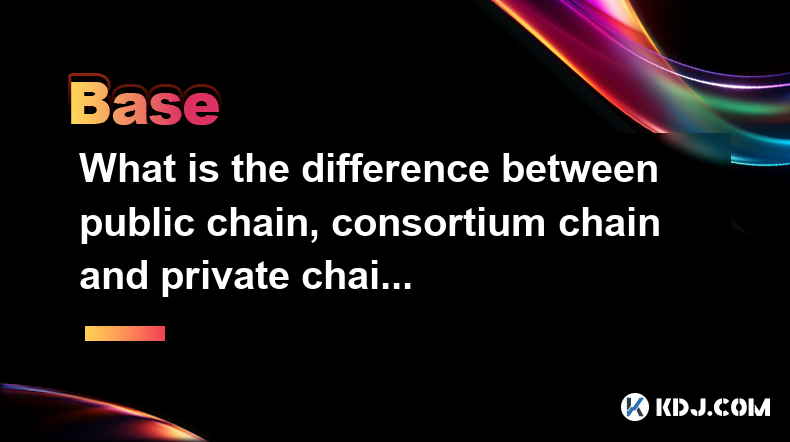
What is the difference between public chain, consortium chain and private chain? What scenarios are suitable for each?
Apr 04,2025 at 09:21pm
In the world of blockchain technology, understanding the differences between public chains, consortium chains, and private chains is crucial for selecting the right type of blockchain for specific applications. Each type of blockchain has its own unique characteristics and use cases, which we will explore in detail. Understanding Public ChainsPublic cha...
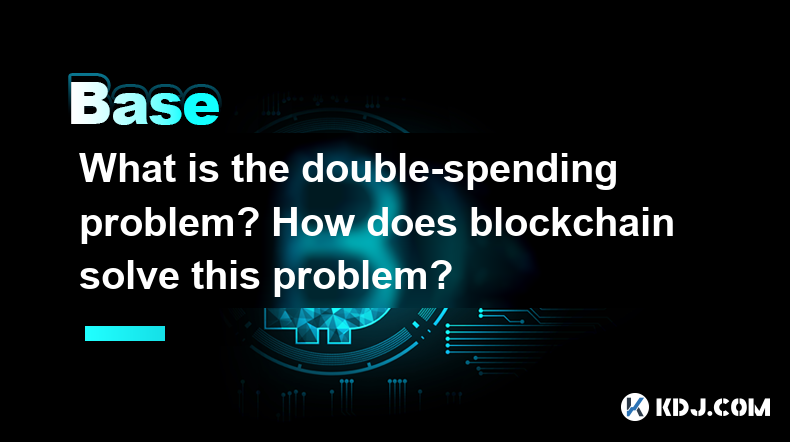
What is the double-spending problem? How does blockchain solve this problem?
Apr 04,2025 at 09:07am
The double-spending problem is a significant challenge in the realm of digital currencies. Double-spending refers to the potential for a digital currency to be spent more than once. This issue arises because digital files, unlike physical cash, can be easily duplicated. If not addressed, double-spending could undermine the integrity and trust in any dig...
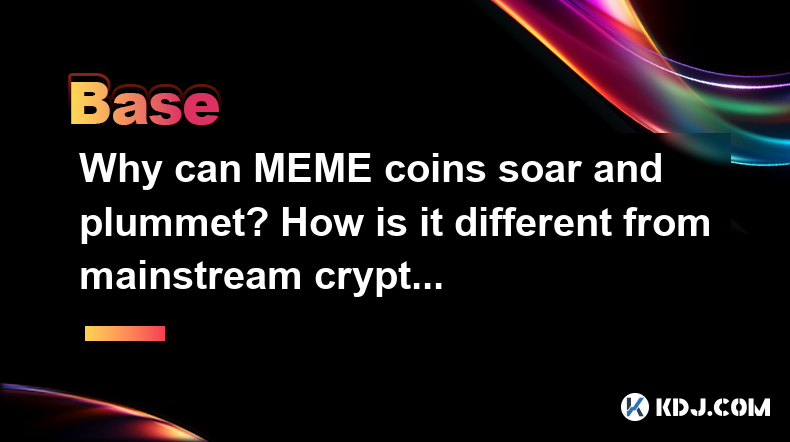
Why can MEME coins soar and plummet? How is it different from mainstream cryptocurrencies?
Apr 04,2025 at 03:07pm
The world of cryptocurrencies is vast and diverse, with a wide range of digital assets that cater to different needs and interests. Among these, MEME coins have carved out a unique niche, often experiencing dramatic price fluctuations that can both soar and plummet in a short period. This phenomenon, while intriguing, differs significantly from the beha...
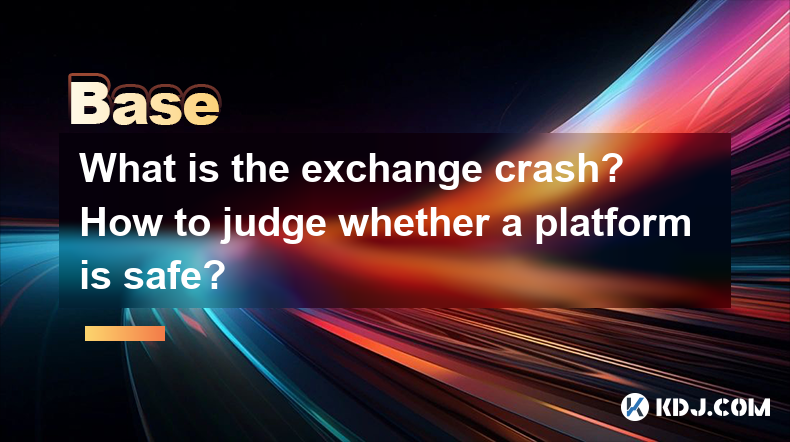
What is the exchange crash? How to judge whether a platform is safe?
Apr 04,2025 at 05:07pm
An exchange crash refers to a sudden and severe disruption in the operations of a cryptocurrency exchange platform, leading to significant financial losses for users and often resulting in the platform's inability to continue functioning. Such crashes can stem from various causes, including cybersecurity breaches, technical failures, or insolvency. Unde...

Why is the oracle called the bridge between blockchain and the real world?
Apr 04,2025 at 04:00am
The concept of an oracle in the cryptocurrency and blockchain world is crucial for understanding how these decentralized systems interact with external data. The oracle is often referred to as the bridge between blockchain and the real world because it serves as a vital intermediary that fetches, verifies, and transmits off-chain data to the on-chain en...

What role does the Merkle tree play in the blockchain? Why can it verify data integrity?
Apr 04,2025 at 01:29pm
The Merkle tree plays a crucial role in the blockchain, primarily due to its ability to efficiently and securely verify data integrity. This article will delve into the structure of a Merkle tree, its implementation in blockchain, and how it ensures the integrity of data. Understanding the Structure of a Merkle TreeA Merkle tree, also known as a hash tr...

What is the difference between public chain, consortium chain and private chain? What scenarios are suitable for each?
Apr 04,2025 at 09:21pm
In the world of blockchain technology, understanding the differences between public chains, consortium chains, and private chains is crucial for selecting the right type of blockchain for specific applications. Each type of blockchain has its own unique characteristics and use cases, which we will explore in detail. Understanding Public ChainsPublic cha...

What is the double-spending problem? How does blockchain solve this problem?
Apr 04,2025 at 09:07am
The double-spending problem is a significant challenge in the realm of digital currencies. Double-spending refers to the potential for a digital currency to be spent more than once. This issue arises because digital files, unlike physical cash, can be easily duplicated. If not addressed, double-spending could undermine the integrity and trust in any dig...

Why can MEME coins soar and plummet? How is it different from mainstream cryptocurrencies?
Apr 04,2025 at 03:07pm
The world of cryptocurrencies is vast and diverse, with a wide range of digital assets that cater to different needs and interests. Among these, MEME coins have carved out a unique niche, often experiencing dramatic price fluctuations that can both soar and plummet in a short period. This phenomenon, while intriguing, differs significantly from the beha...

What is the exchange crash? How to judge whether a platform is safe?
Apr 04,2025 at 05:07pm
An exchange crash refers to a sudden and severe disruption in the operations of a cryptocurrency exchange platform, leading to significant financial losses for users and often resulting in the platform's inability to continue functioning. Such crashes can stem from various causes, including cybersecurity breaches, technical failures, or insolvency. Unde...
See all articles




















































































